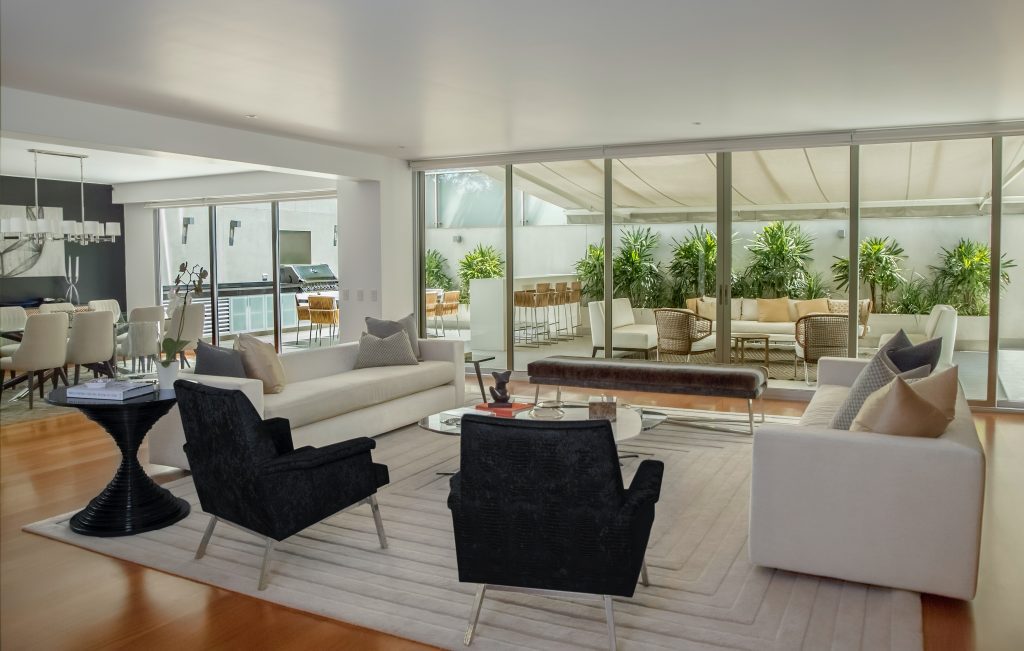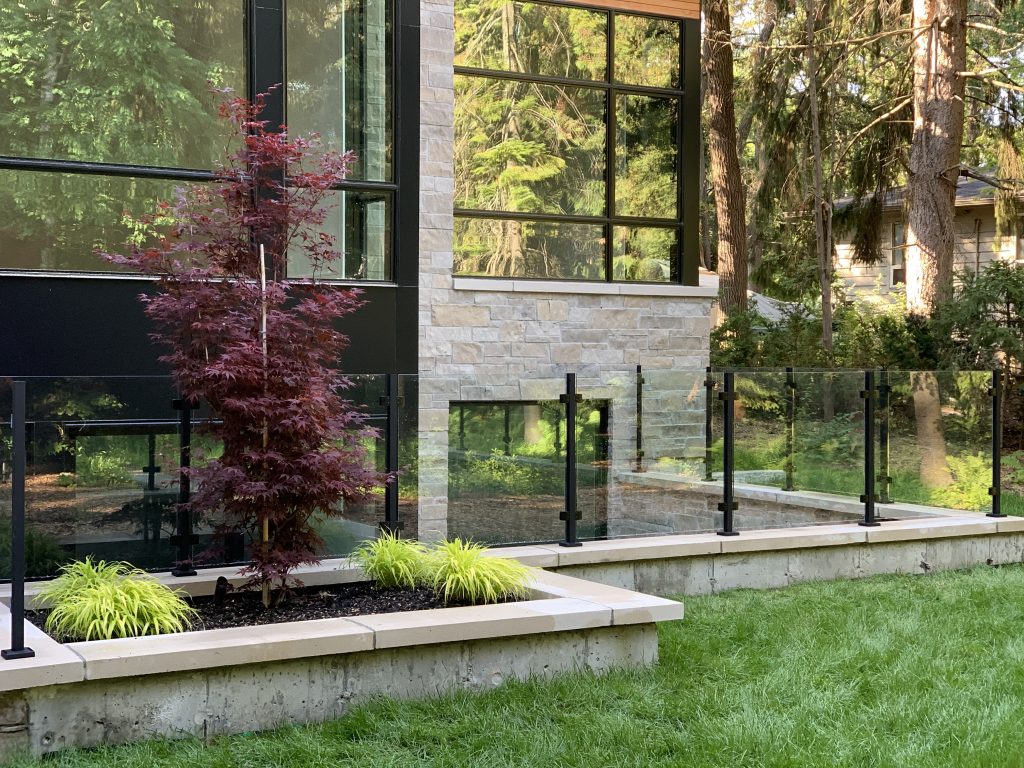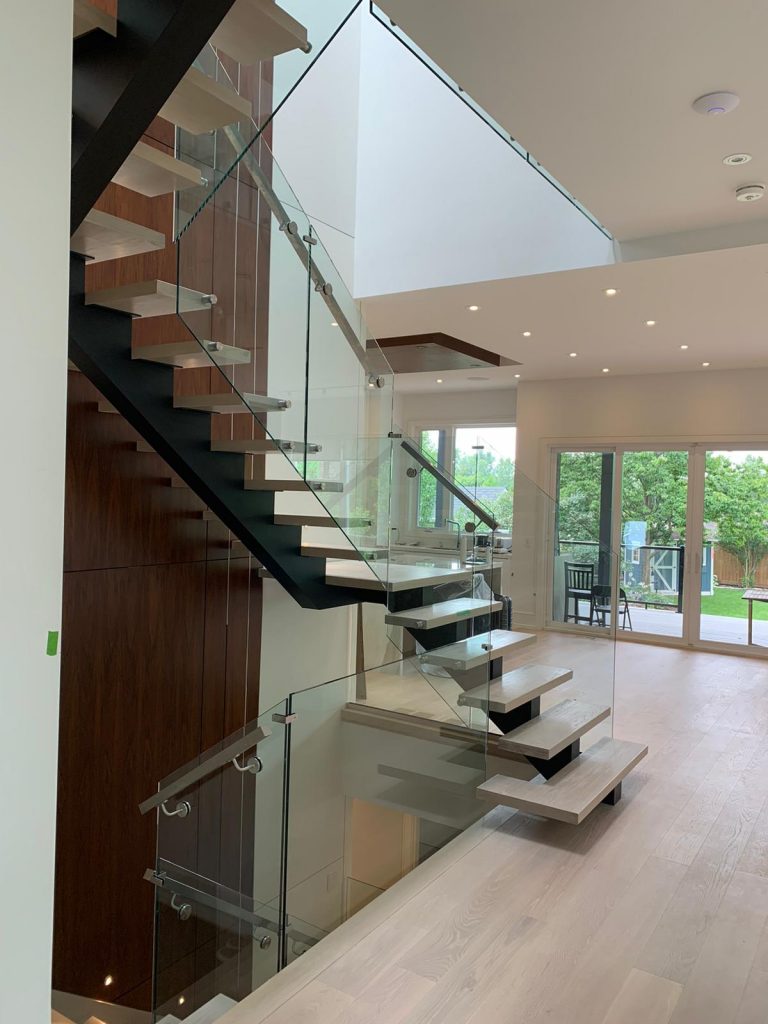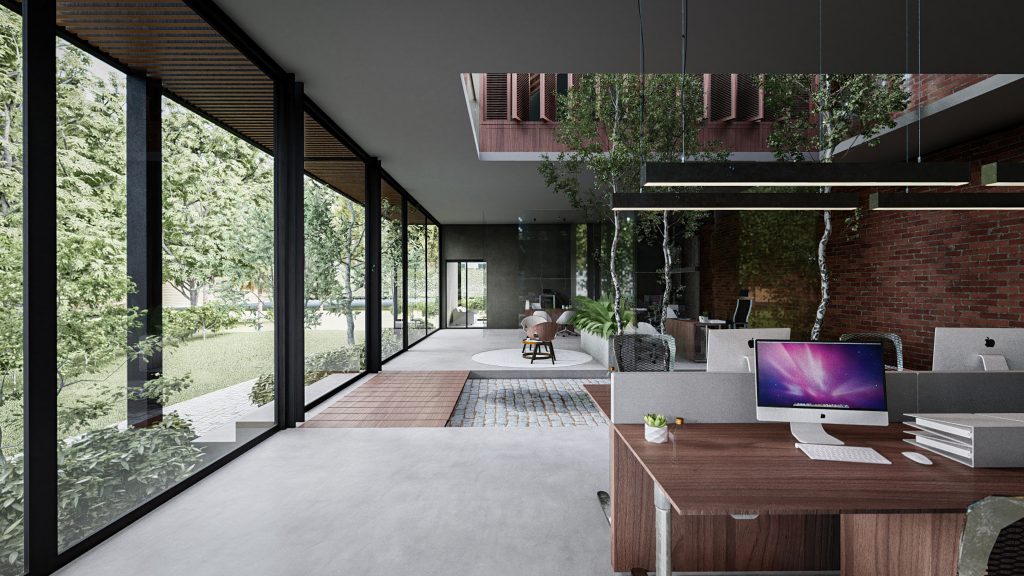
Biophilic Design: Incorporating Glass into Nature-Inspired Spaces
In the heart of every individual is a deep-seated love for nature – a longing to connect, interact, and be surrounded by natural elements. Humans’ intrinsic connection with nature has given birth to an innovative design strategy known as biophilic design. Biophilic design is a concept used within the building industry to increase the connectivity between the occupants and the natural environment through direct nature, indirect nature, and space and place conditions.
One of the key aspects of biophilic design lies in the thoughtful inclusion of natural light, unobstructed views of the outdoors, and incorporation of natural elements into the built environment. This is where glass, a versatile and aesthetically pleasing material, plays a significant role. Glass not only brings in abundant daylight but also provides a seamless transition between the indoors and outdoors, thus creating a calming and healthier space.
In this article, we’ll delve into the world of biophilic design and how glass, with its unique characteristics, can enhance our connection with nature, even inside our homes or offices. Whether you are an interior designer, architect, or homeowner aspiring to create a space that celebrates nature, this guide will shed light on the benefits and practicalities of using glass in biophilic design.

Understanding Biophilic Design
Biophilic design is more than just adding plants to your space. It’s about creating a comprehensive environment that evokes the essence of nature and cultivates a sense of place. By definition, ‘biophilia’ means the love of living things or a love of nature. Coined by Harvard biologist Edward O. Wilson, the term describes humans’ inherent desire to interact with nature and other forms of life.
Biophilic design seeks to satisfy this desire by incorporating various aspects of nature into the built environment. This can be achieved in several ways, such as including natural lighting, vegetation, nature views, natural textures, shapes, patterns, and even water use. The aim is to create a more productive and healthy built environment for individuals.
Glass is vital in achieving this design concept due to its intrinsic properties. It allows for abundant natural light, offers clear views of the outdoor environment, and provides the ability to bring elements of the outside inside. Its transparent nature can create an illusion of space, making interiors feel more extensive and more open, which can positively impact an individual’s well-being and productivity.
Next, we’ll explore in detail how glass can be effectively used in biophilic design and the benefits it brings.

Benefits of Glass in Biophilic Design
In the context of biophilic design, the use of glass comes with several significant benefits:
- Natural Light: One of the most significant benefits of using glass in biophilic design is the allowance of natural light. Sunlight can significantly improve a person’s mood and increase their productivity. Natural light also helps maintain our body’s natural circadian rhythms, improving sleep and overall health.
- Connection with Nature: Glass walls, windows, and doors can offer unobstructed views of the natural environment. This visual connection with nature can reduce stress and enhance well-being.
- Versatility: Glass can be incorporated into various architectural styles and designs, making it a versatile choice for biophilic design. Glass doors, windows, walls, and even glass floors can create a strong connection with nature.
- Thermal Comfort: High-quality, insulated glass can regulate indoor temperatures by reducing heat loss in winter and heat gain in summer. This thermal comfort is essential to biophilic design, contributing to a more comfortable and natural-feeling environment.
- Acoustic Comfort: By using certain types of glass, such as double-glazing, you can achieve a peaceful indoor environment by reducing noise pollution from the outside, thus contributing to the overall comfort of the space.
Maximizing Your Space: Creative Ways to Incorporate Mirrors into Small Rooms

Incorporating Glass into Nature-Inspired Spaces
Incorporating glass into your nature-inspired space can take on many forms depending on your individual needs and the specific nature elements you want to emphasize. Here are a few practical applications:
- Glass Walls and Partitions: Glass walls allow for a seamless visual connection with the outside world while letting in ample natural light. They’re perfect for creating open, airy spaces that feel one with nature. Partitions can help you designate space without obstructing views or light.
- Skylights and Glass Roofs: Consider installing skylights or a glass roof to maximize sunlight and provide a sky view. These features can give you the sensation of being outdoors while protecting you from the elements.
- Glass Doors: Large glass doors, particularly those that can fold or slide open, provide an excellent opportunity to blur the lines between indoor and outdoor spaces. Open, these doors help create a sense of flow and continuity with the outside environment.
- Glass Floors and Stairs: If your property includes unique natural features such as a body of water or mature trees, installing glass floors or stairs can provide a unique perspective and enhance the natural beauty of your home.
- Glass Balustrades and Railings: Glass balustrades and railings provide safety and boundary definition without obstructing views or light. They are perfect for balconies, decks, and stairs, both inside and out.
Remember, the key is to use glass to amplify the natural elements of your space, enhancing the connection between indoors and out. In the next section, we’ll look at some considerations to keep in mind when integrating glass into your biophilic design.
Open Up Your World: The Benefits of Glass Doors in Contemporary Design

Considerations for Integrating Glass into Biophilic Design
While glass offers many benefits in biophilic design, it’s important to approach its integration with mindfulness. Here are a few considerations to bear in mind:
- Location and Orientation: Positioning your glass features can significantly affect how sunlight enters your space. Consider the sun’s path throughout the day and the seasons, and design accordingly to avoid excessive heat or glare. Consult a professional to understand how to best orient your glass installations for optimal light and thermal comfort.
- Privacy: While glass provides an open, airy feel, it also means increased visibility. Depending on the location of your property, consider options for maintaining privacy. This could include the strategic placement of vegetation, the use of curtains or blinds, or even the application of smart glass technology, which can transition from transparent to opaque at the touch of a button.
- Glass Type: Not all glass is created equal. There are various types of glass, each with different properties. For example, you might opt for double-glazed glass for better insulation, tinted glass for UV protection, or laminated glass for enhanced safety. It’s worth consulting with a specialist to choose the best type of glass for your specific needs and goals.
- Maintenance: Glass features, particularly on the exterior of a building, can require regular cleaning to maintain their clarity and aesthetic appeal. Factor this into your decision and consider options such as self-cleaning glass or professional cleaning services.
The integration of glass into biophilic design is both an art and a science. By considering these factors and working with professionals, you can create a space embodying nature’s essence and providing an environment conducive to health, well-being, and productivity. Let’s now wrap up with some concluding thoughts.
The Latest Trends in Glass Railing Systems: A Guide for Homeowners and Designers.

Conclusion
In biophilic design, glass emerges as a medium of choice to blur the boundaries between the indoors and the outdoors. By letting in ample natural light, offering unobstructed views of the surrounding landscapes, and crafting an illusion of expanded space, glass facilitates a connection to nature crucial in biophilic design.
From creating panoramic vistas with floor-to-ceiling windows to simulating the canopy of trees with glass ceilings, using glass in biophilic design extends far beyond aesthetics. It feeds into our intrinsic affinity for nature, offering cognitive, emotional, and physical benefits that enhance our overall well-being.
Incorporating glass into your nature-inspired spaces requires thoughtful consideration and professional advice to make the most of its attributes.
Are you looking to transform your living or workspace into a biophilic haven? With Roble Glass & Railings, this vision is well within your reach. From sleek glass railings that create an uninterrupted flow between your indoor and outdoor spaces to stunning glass doors that invite nature into your home and smart glass partitions that provide privacy without sacrificing natural light, our services are designed to bring you closer to nature.
Begin your journey towards a more serene and harmonious space today. Reach out to Roble Glass & Railings for expert advice and impeccable service tailored to your unique design needs. Let’s create beautiful spaces that resonate with nature together!



